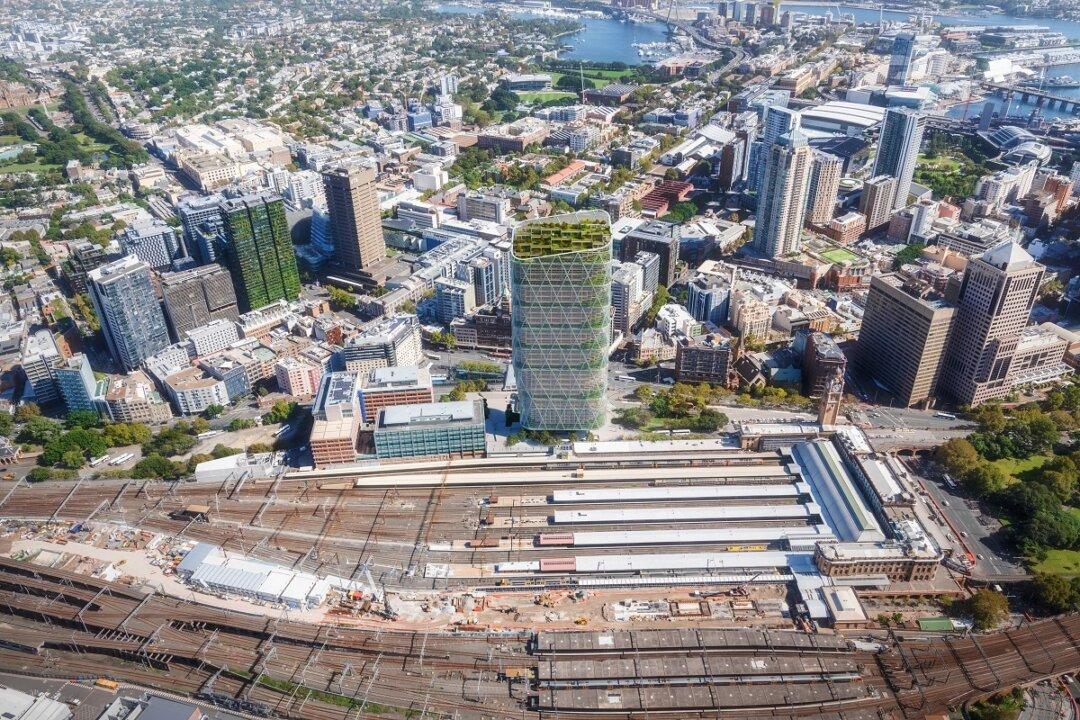The New South Wales (NSW) government has accidentally released a massive housing plan to build thousands of multi-story buildings and homes in its most populous state over the next four years.
It was published by the Department of Planning on its website on Dec. 5 but pulled down shortly after.




